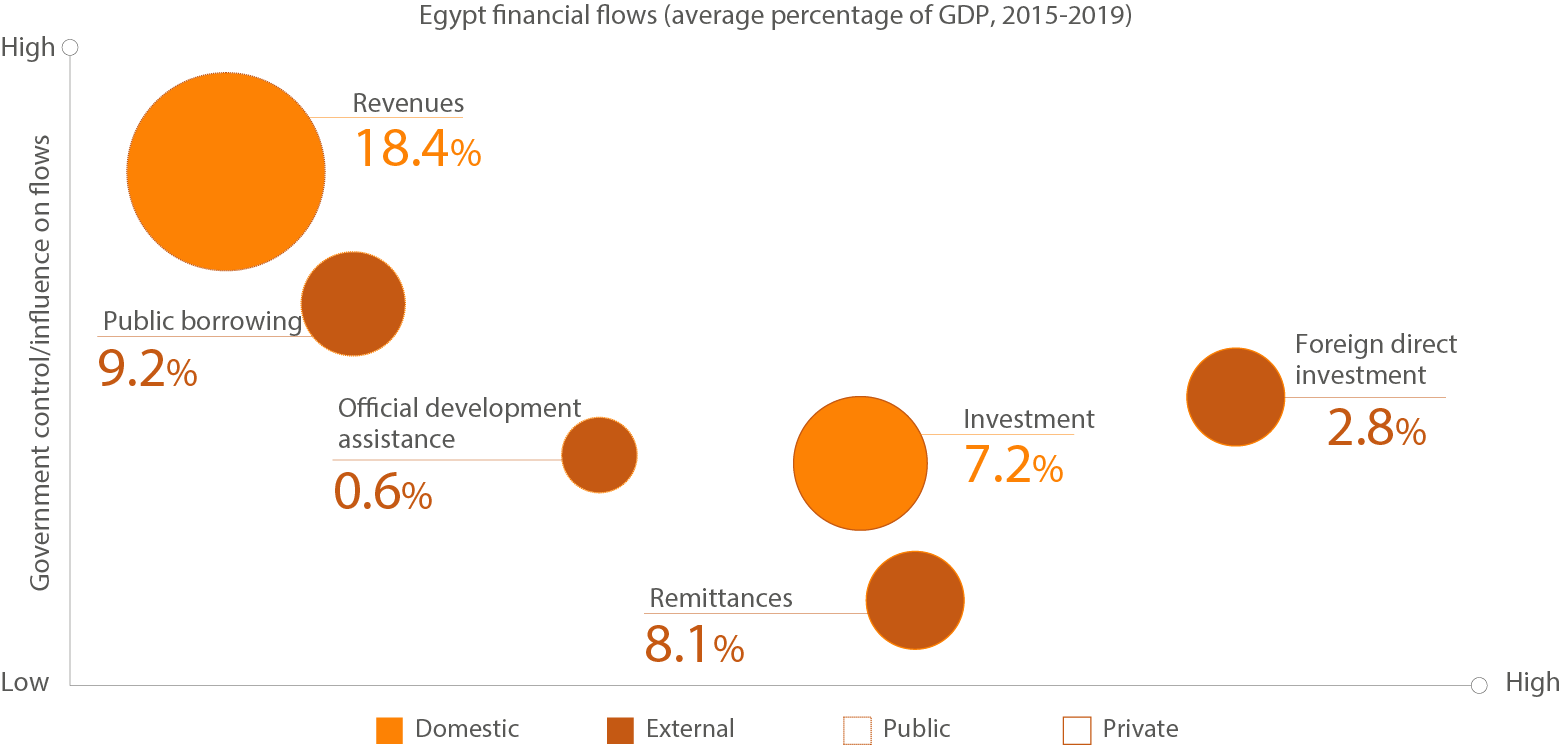Goal 2: zero hunger
Egypt suffers from the triple burden of malnutrition (Indicator 2.2.2): obesity, stunting and micronutrient deficiencies (anemia).
Prevalence of stunting, wasting and anemia for children under 5 years of age
Goal 3: good health and well being
Egypt succeeded in reducing the maternal mortality ratio (Indicator 3.1.1) between 2015 and 2019.
Over the same period, there was a decrease in indicators concerning tuberculosis incidence; the adolescent birth rate; and the mortality rate attributed to cardiovascular disease, cancer, diabetes or chronic respiratory disease. The COVID-19 pandemic sheds the light on the importance of the health sector. A substantial increase in health financing and the development of the health workforce (Target 3.c) is critical to ensuring the resilience of the health sector and its ability to face the current pandemic and any future health crises. It is worth noting that the universal health coverage (UHC) service coverage index for Egypt increased between 2015 and 2017
Trends in selected indicators under targets 3.1 and 3.2
Goal 4: quality education
The gender gap in education has decreased over the years, with females performing better than males at all levels. The female to male ratio of school enrolment at pre-primary, primary and secondary levels is over 95 per cent.
Female-to-male ratio of school enrolment at pre-primary, primary and secondary levels
Goal 5: gender equality
Egypt faces significant challenges in achieving Goal 5 and has not seen improvement in a number of indicators. In order to empower women, all forms of violence against them must be eliminated in public and private spaces. At the economic level, female labour force participation in Egypt is among the lowest in the world, at only 18.46 per cent in 2019.

Goal 8: decent work and economic growth
The economic growth achieved in Egypt did not produce enough decent jobs for new entrants to the labour market, resulting in an increase in informal employment.





